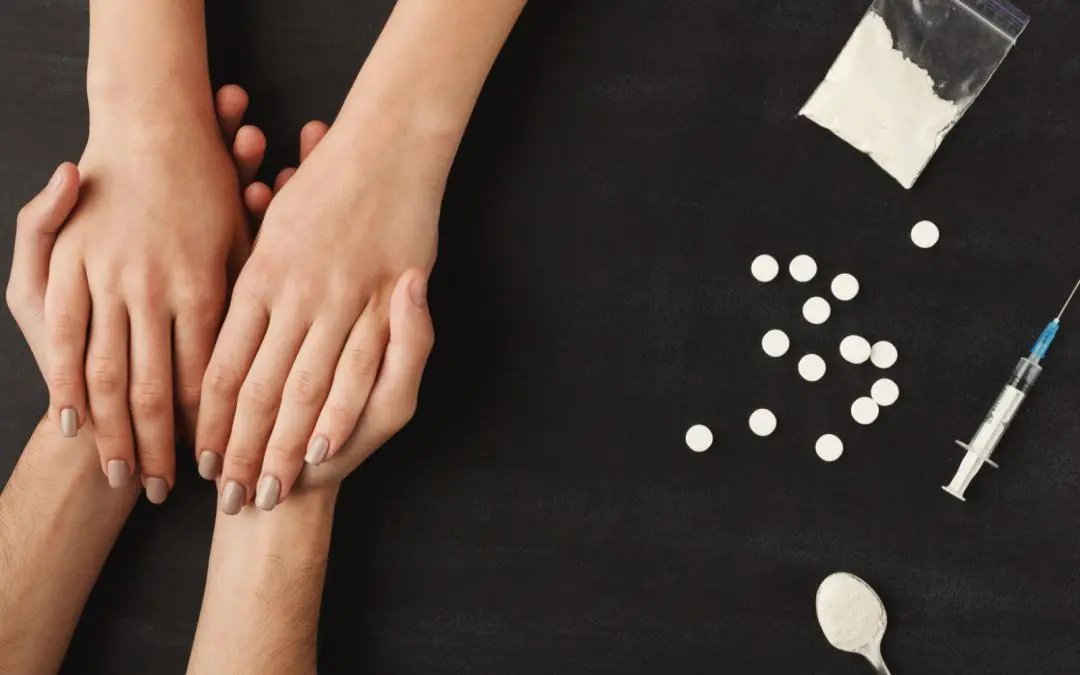24/7 Helpline:
(866) 899-221924/7 Helpline:
(866) 899-2219
Learn more about Ritalin Rehab centers in Big Prairie
Ritalin Rehab in Other Cities

Other Insurance Options

Evernorth

UMR

Sliding scale payment assistance

BlueCross
Beacon

Humana

Group Health Incorporated

WellCare Health Plans

Sutter

BHS | Behavioral Health Systems

Optum

BlueShield

Lucent

United Health Care

Oxford

Optima

American Behavioral

Kaiser Permanente

Coventry Health Care

Health Choice










